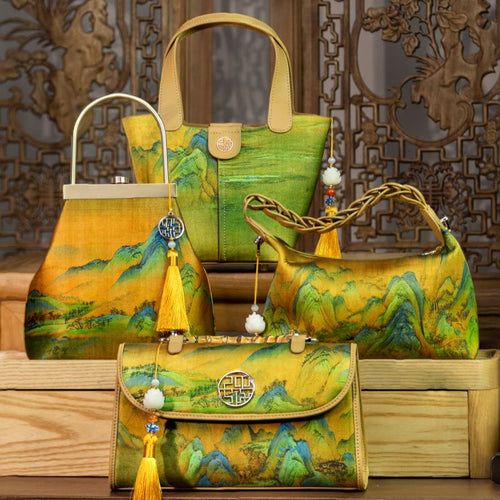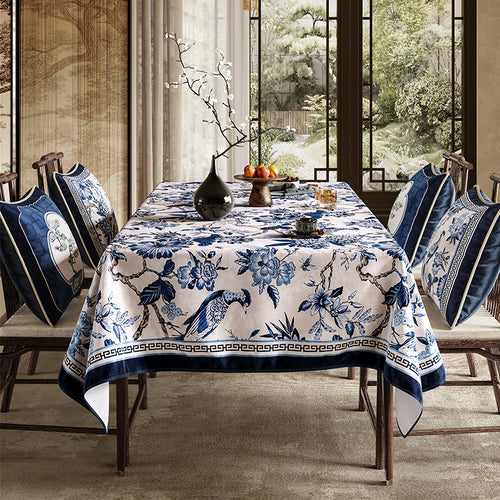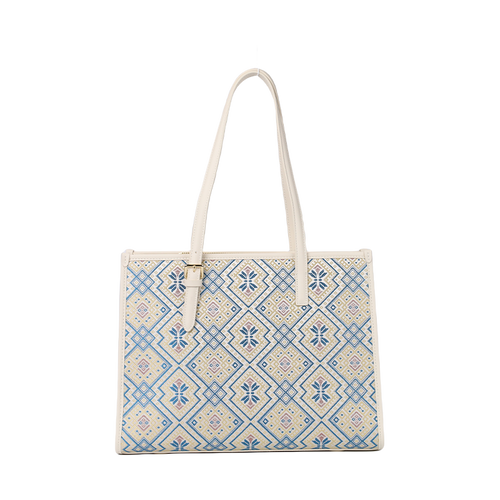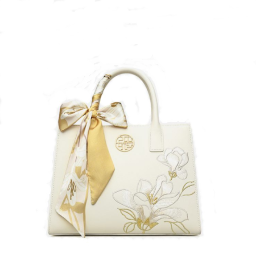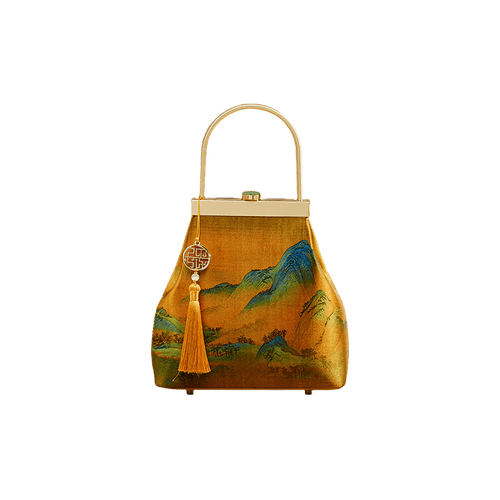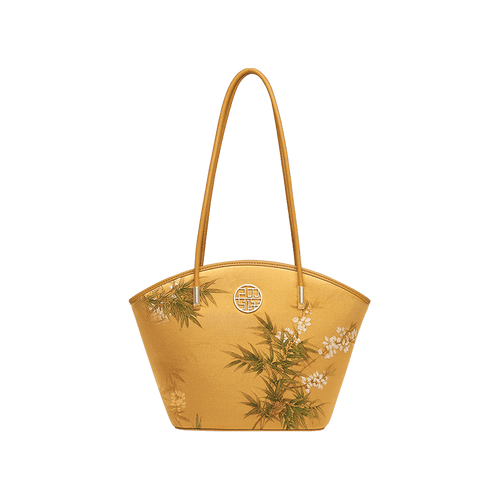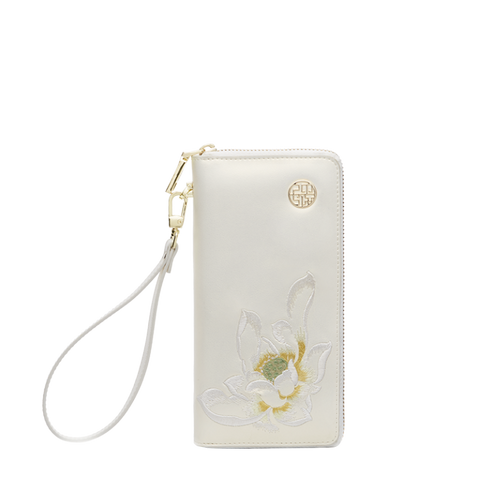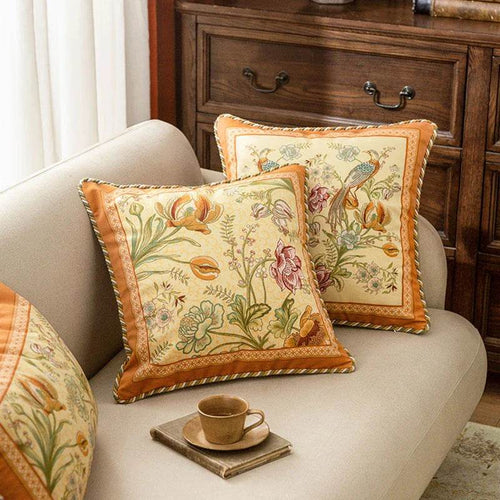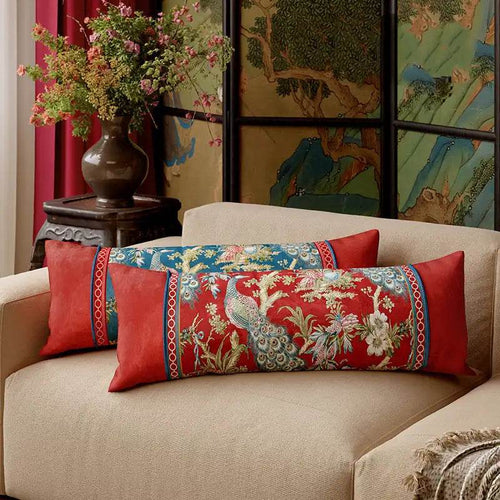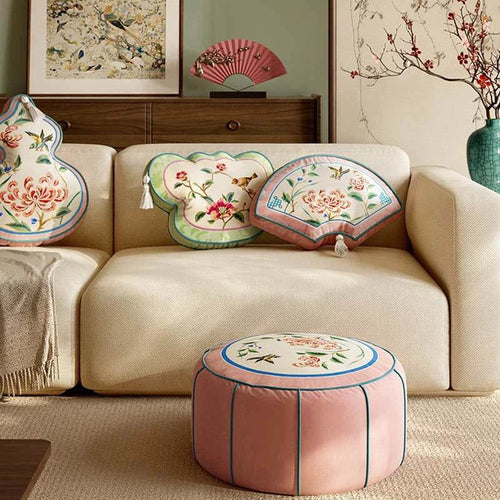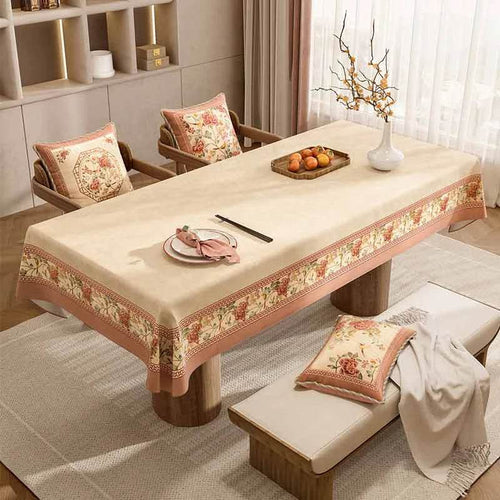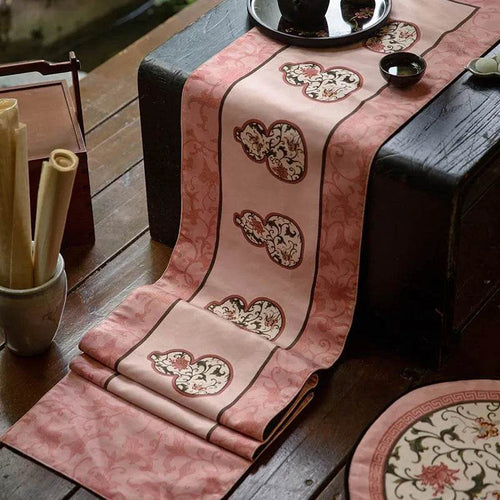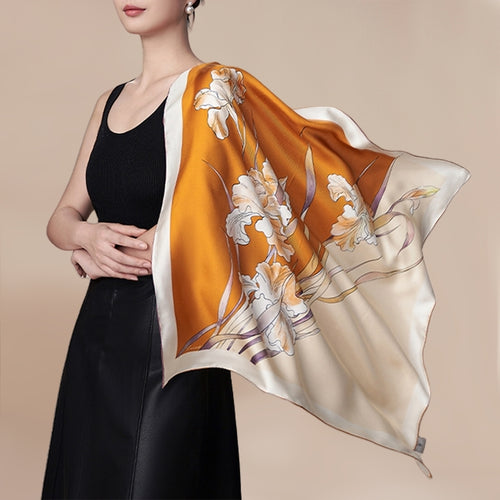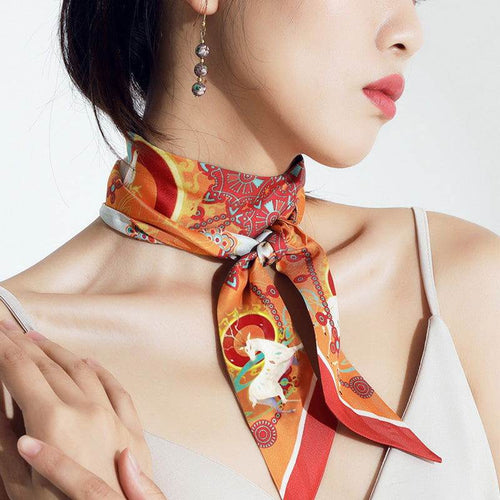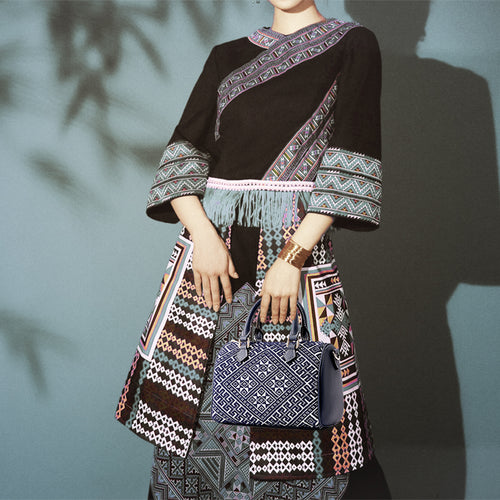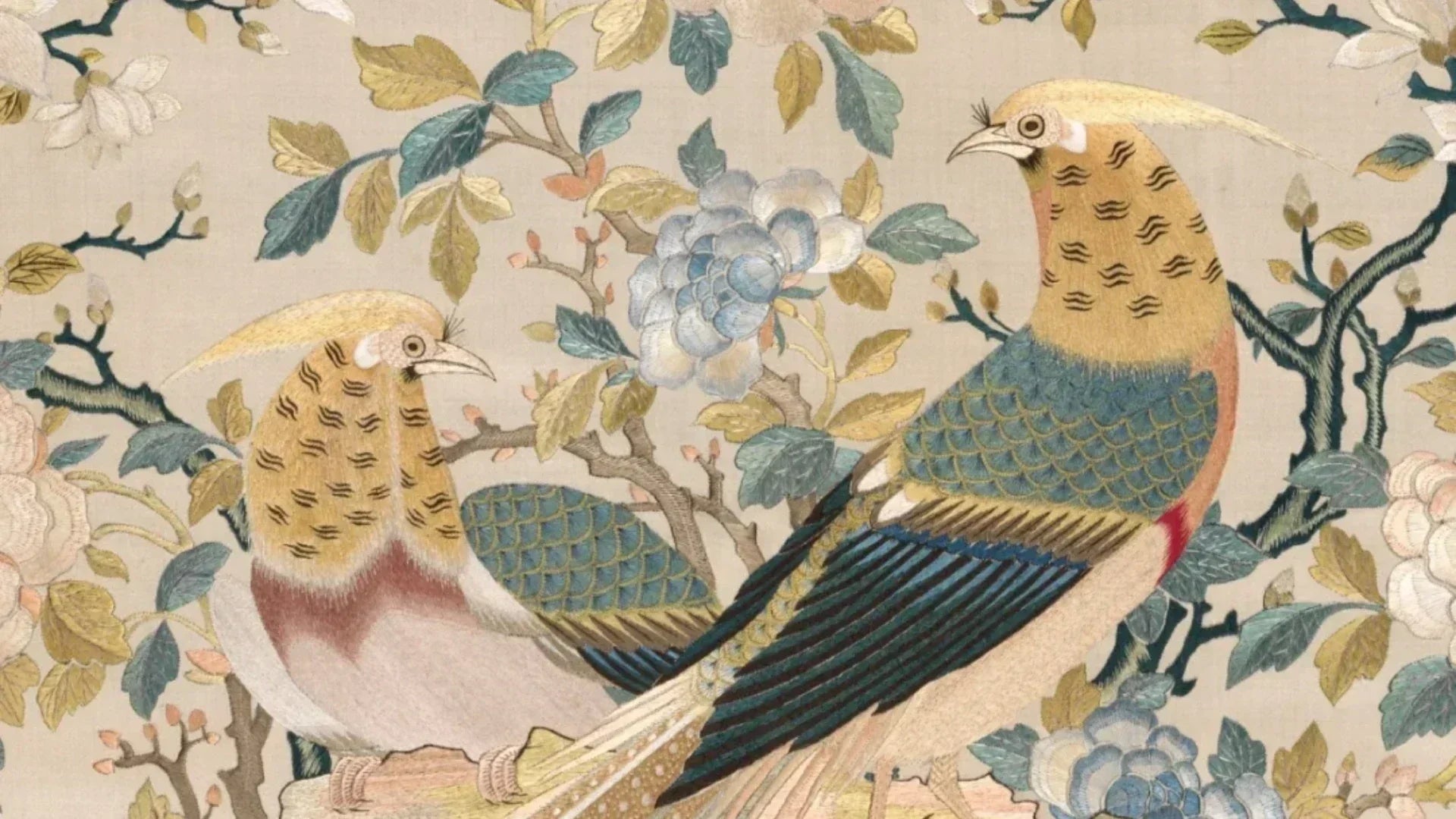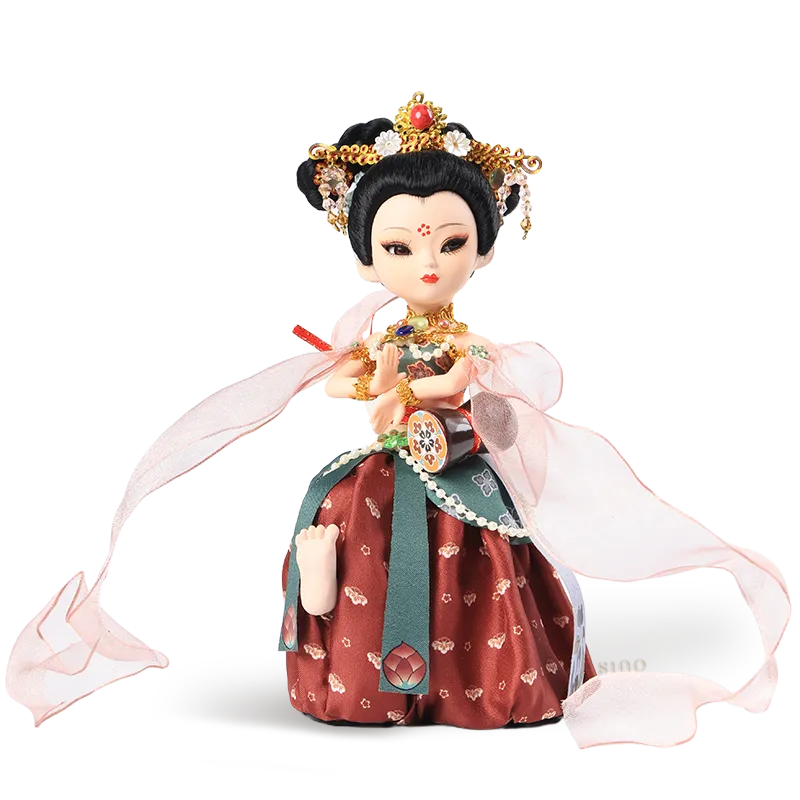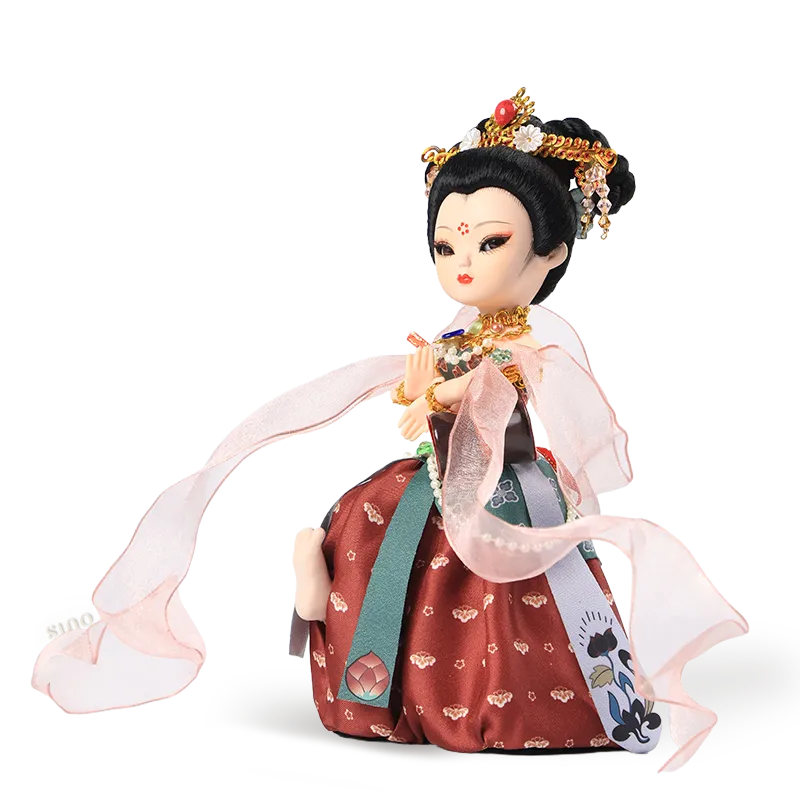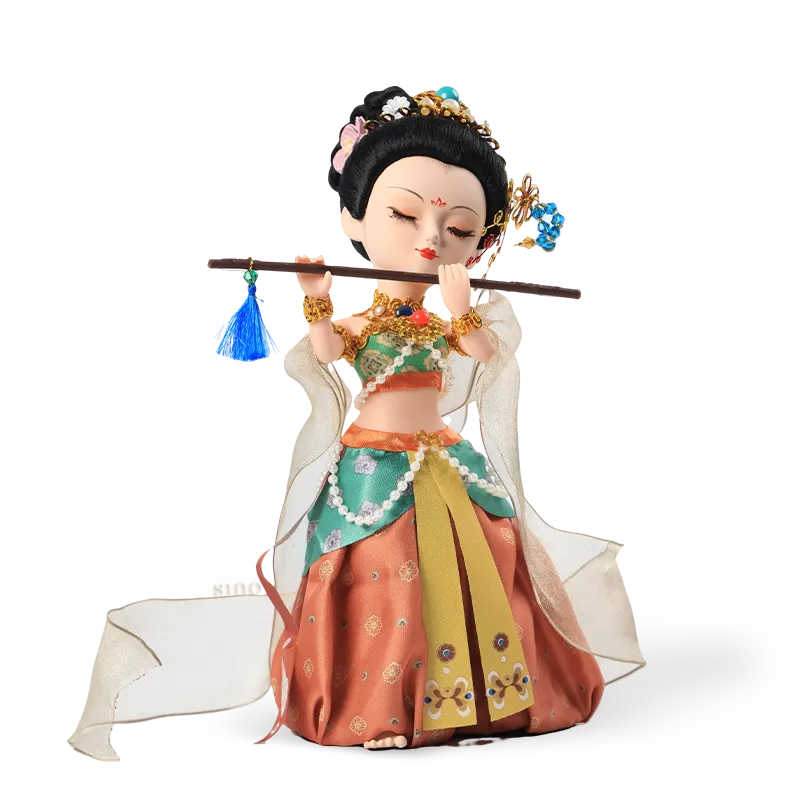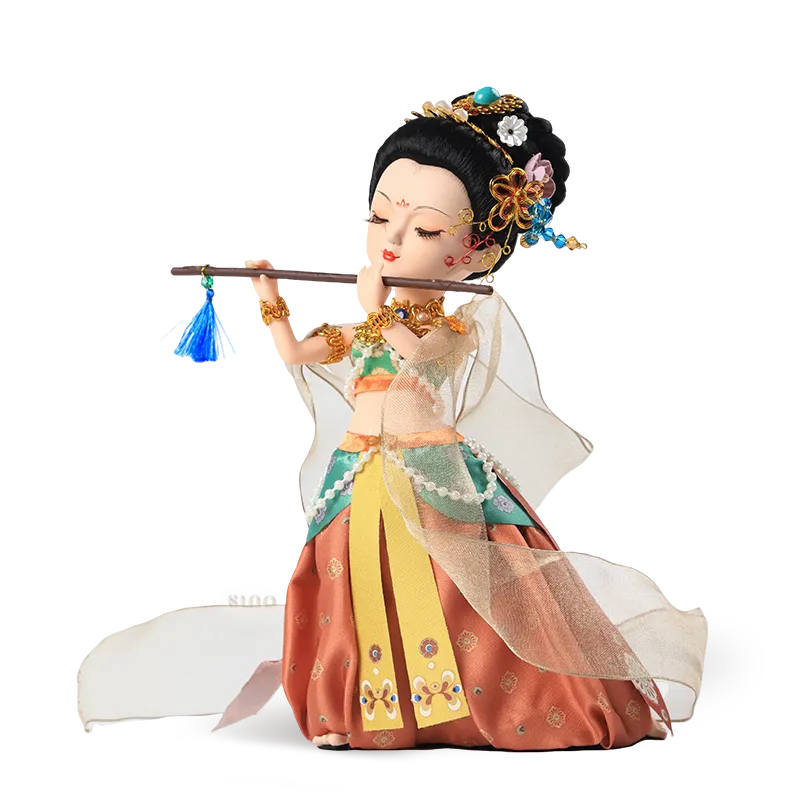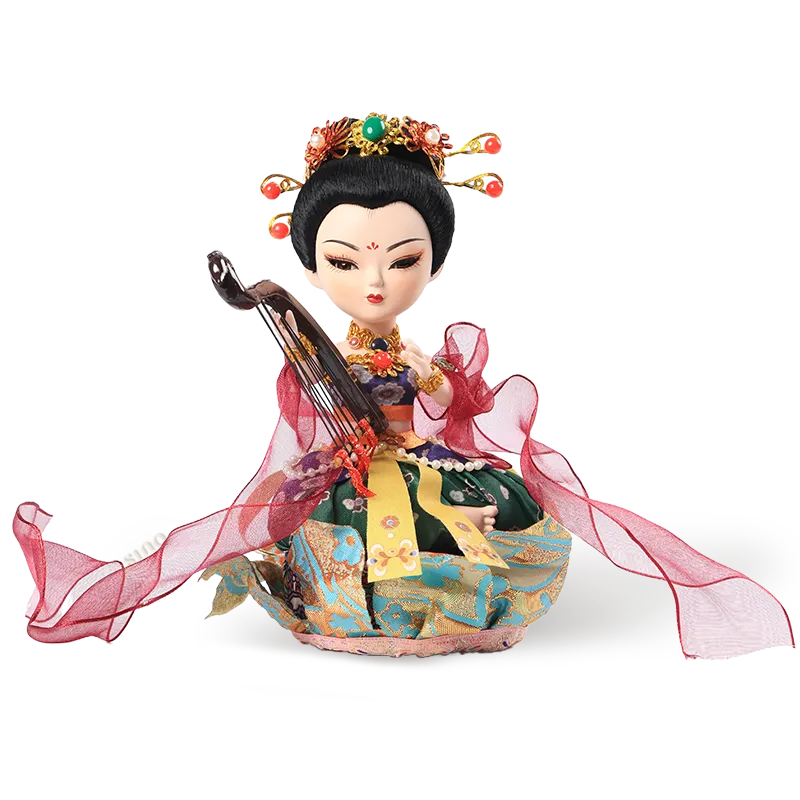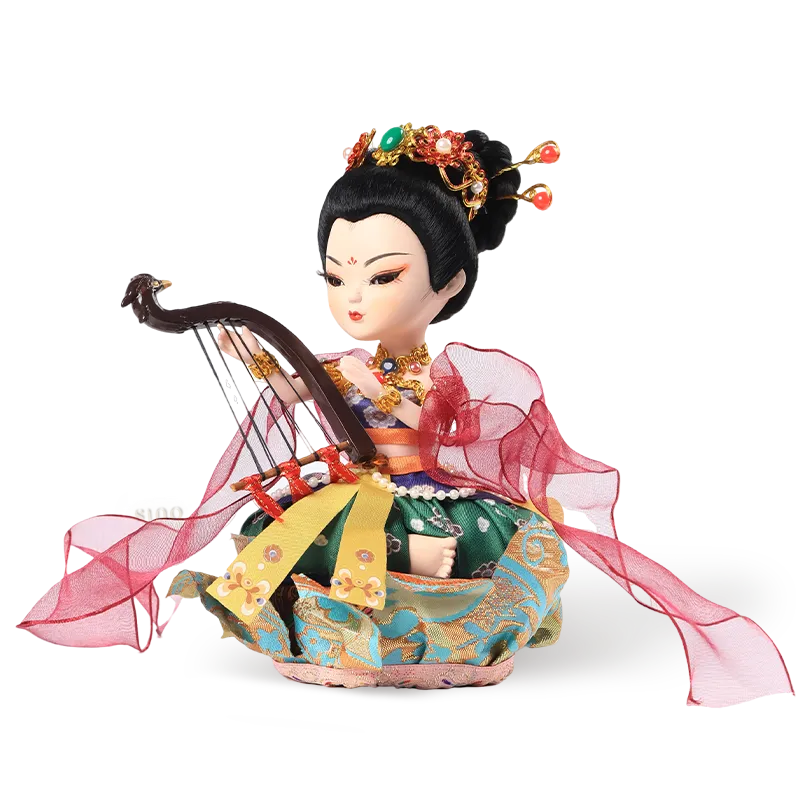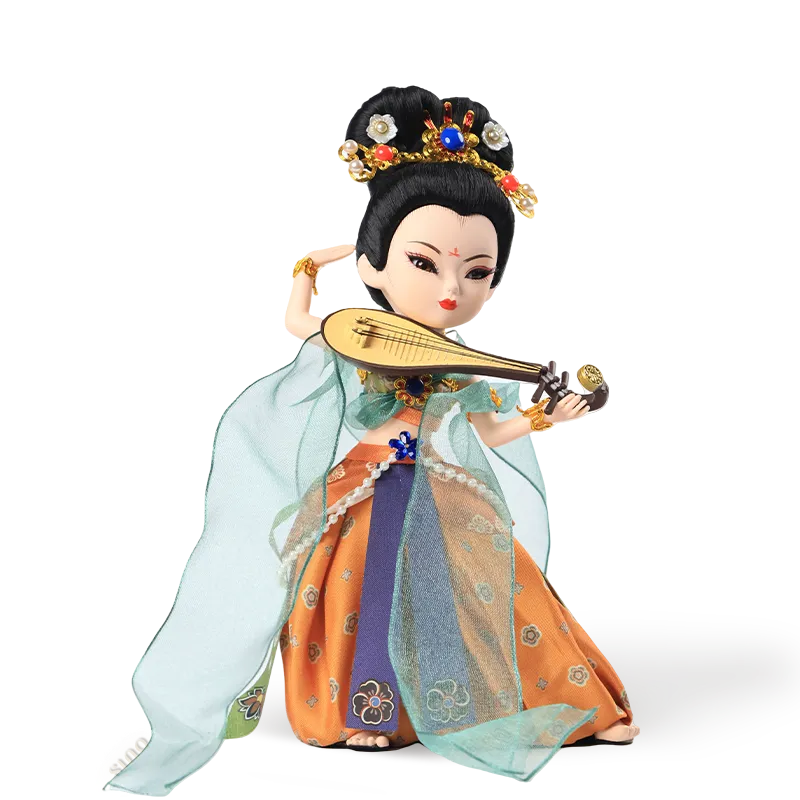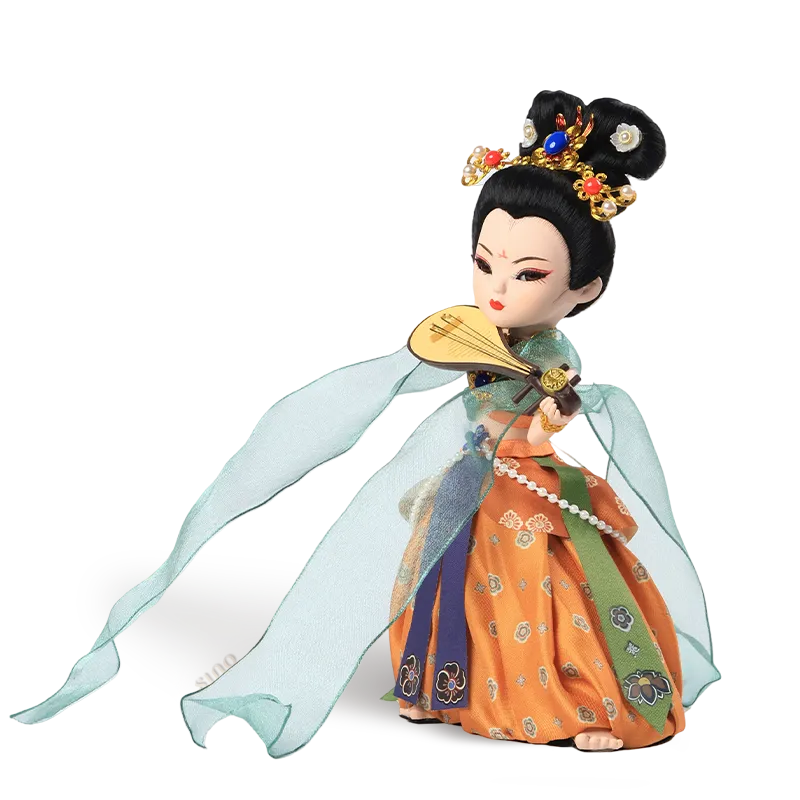When people speak of the Silk Road, the images that often come to mind are of endless desert sands and the gentle swaying of camel caravans. But at the very throat of this legendary route lies a city that was not just a resting place for travelers, but a great crucible where Eastern and Western civilizations met, clashed, and merged. That city is Dunhuang.

The name itself evokes a sense of grandeur—"Dun" meaning grand, and "Huang" meaning prosperous. This was more than a geographical oasis; it is a cultural peak in the history of world civilization that cannot be bypassed. Today, let's travel through the mists of time to explore the inseparable bond between Dunhuang and the Silk Road, and uncover the secret to its timeless charm.
A Strategic Chokepoint on the Silk Road: Why Was Dunhuang's Location So Important?
To understand Dunhuang's significance, one must first understand its role on the map.
-
Geographical Position: Dunhuang is situated at the far western end of the Hexi Corridor in Gansu Province. Behind it lay the vast central plains of China; before it, the boundless Taklamakan Desert. For any ancient traveler wanting to cross this "Sea of Death," Dunhuang was the last major supply station before entering the Western Regions and the first beacon of hope upon returning.

-
A Critical Junction: More importantly, the Silk Road split into its northern and southern routes just west of Dunhuang. Whether one was heading north towards Yiwu (Hami) and Gaochang (Turpan) or south towards Shanshan (Ruoqiang) and Yutian (Khotan), the journey had to begin from Dunhuang. It functioned like a massive Y-junction, holding the lifelines of East-West transport firmly in its grasp.
-
Strategic Significance: As early as 111 BCE, the ambitious Emperor Wu of Han established the Dunhuang Commandery and constructed the world-famous Yumen Pass (Jade Gate Pass) and Yangguan Pass (Sun Gate Pass). These two gateways served not only as the western frontier of the Han Empire but also as military fortresses guarding the vital Silk Road. The famous line of poetry, "The spring winds don't pass beyond Yumen Pass," captures its essence as a rugged boundary between Chinese civilization and the outside world.

It is no exaggeration to say that without the stable anchor of Dunhuang, the smooth passage of the Silk Road would have been almost unimaginable.
More Than a Stopover: How Dunhuang Became the Silk Road's Global Marketplace
Thanks to its unparalleled geographical advantages, Dunhuang rapidly grew into a cosmopolitan commercial hub—an ancient "global marketplace."
The markets of Dunhuang would have been a dazzling spectacle:
-
Treasures from the East:
-
Silk: Exquisite Chinese silk was the most traded commodity, driving Roman aristocrats to obsession.
-
Porcelain: Smooth and jade-like, porcelain was viewed as a luxury item in the Western world.
-
Tea & Ironware: Also highly sought after by the kingdoms of the Western Regions.
-

-
Exotic Goods from the West:
-
Spices & Jewels: Fragrant spices, precious gems, and glass from Central Asia, Persia, and India.
-
Horses & Species: The famed "heavenly horses" of Ferghana, along with grapes and alfalfa, were introduced to China through this route.
-

Merchants of different nationalities and skin colors—Sogdians, Persians, Indians, and Romans—converged here. They spoke different languages and worshipped different gods, but together they forged the prosperity of Dunhuang. The city's bustling life was the most direct reflection of the Silk Road's commercial vitality.
The Crossroads of Civilizations: Why Understanding Dunhuang is to Understand Half the Silk Road's History
If trade was the skeleton of the Silk Road, then cultural exchange was its soul. And Dunhuang was the most brilliant sanctuary for that soul.
The Mogao Caves: A Silk Road Legend Frozen on Cliffs
To speak of Dunhuang is to speak of the Mogao Caves. This sacred site of Buddhist art, with construction beginning in 366 CE, is itself the greatest testament to the cultural exchange along the Silk Road. The murals and sculptures within the caves form a "dynamic history book" spanning a thousand years. Here, we can see not only the evolution of Buddhist stories but also the authentic face of the Silk Road.

A Melting Pot of Religions
Buddhism entered China along the Silk Road, and Dunhuang was its most important stopover and center for dissemination. Monks from India and Central Asia stopped here to translate scriptures and commission caves, turning Dunhuang into a radiant center of Buddhism. But its tolerance extended far beyond that. Nestorianism (a branch of Christianity from Syria) and Manichaeism (from Persia) also left their marks here, shaping Dunhuang's open and pluralistic cultural character.

The Library Cave: A World-Shaking Discovery and an Eternal Pain
In 1900, a Taoist monk named Wang Yuanlu accidentally discovered a sealed chamber while clearing sand from a Mogao cave. This was the "Library Cave" (Cave 17), which would soon stun the world.
Inside, more than 50,000 manuscripts, documents, paintings, and textiles from the 4th to the 11th centuries were found. It was a sealed ancient library, a "cultural gene bank of the world." However, this monumental discovery was not given the attention it deserved by the corrupt and incompetent late Qing government.
Wang Yuanlu reported his find to officials multiple times but only received orders to "seal it and guard it properly," with no real support. This set the stage for a historical tragedy:
-
The Plunder by Stein: In 1907, the British explorer Aurel Stein arrived in Dunhuang. For a pittance (a few silver ingots), he persuaded Wang Yuanlu to sell him thousands of manuscripts and a vast collection of exquisite silk paintings, filling 24 large crates.
-
The Cherry-Picking by Pelliot: He was followed in 1908 by the French Sinologist Paul Pelliot. With his profound knowledge of Chinese, Pelliot spent weeks inside the cave, meticulously selecting over 6,000 of the most valuable and historically significant documents to take away.
-
The Subsequent Looting: In the following years, Japanese and Russian expeditions also arrived, acquiring more of the precious artifacts through purchase or deception.
-
The Desecration by Warner: Most heartbreakingly, in 1924, an American named Langdon Warner used a destructive method involving chemical adhesives to peel 12 of the most beautiful Tang-dynasty murals directly off the cave walls. He also took several painted statues, causing permanent and irreparable damage to the grottoes themselves.

This cultural catastrophe, which lasted for decades, resulted in the finest treasures of Dunhuang being scattered across the globe, in institutions like the British Museum, the Bibliothèque nationale de France, and the Hermitage Museum. It created a sad irony: "Dunhuang is in China, but Dunhuang Studies are abroad." For a long time, Chinese scholars had to travel overseas to study the treasures of their own country.
The discovery of the Library Cave was the beginning of a great cultural renaissance, but it was accompanied by one of the most painful episodes of cultural loss in modern Chinese history.

Conclusion: Dunhuang, an Everlasting Chapter of the Silk Road
Dunhuang has never been just a name on a map. It was the commercial hub, military fortress, religious sanctuary, and cultural palace of the Silk Road. It was a single city that shouldered a thousand years of dialogue between East and West.
If you also like Dunhuang culture, please click to view the handmade Chinese dolls inspired by Dunhuang.
Though it has experienced both unparalleled glory and deep trauma, the legend of Dunhuang remains an everlasting, magnificent chapter of the Silk Road. It reminds us that while we must remember the pain of history, we must also embrace the future with an open spirit, carrying forward the great legacy of exchange and mutual learning that belongs to all humanity.
FAQ: Common Questions About Dunhuang and the Silk Road
Q1: Is there a direct link between the rise and fall of Dunhuang and the Silk Road?
A: Yes, their fates were completely intertwined. During the Han and Tang dynasties, when the Silk Road flourished, Dunhuang reached its golden age. When the overland Silk Road declined due to wars and the rise of maritime trade, Dunhuang also fell into obscurity for centuries, only to be rediscovered by the world in the late 19th and early 20th centuries.
Q2: Besides the Mogao Caves, what other Silk Road sites are in Dunhuang?
A: Absolutely. The ruins of Yumen Pass and Yangguan Pass are unmissable landmarks, representing the most poetic symbols of the Silk Road. There are also the remnants of the Han Dynasty Great Wall, which silently guarded this ancient trade route for centuries.
Q3: What is the relationship between Dunhuang and the modern "Belt and Road Initiative"?
A: Dunhuang is the ultimate embodiment of the ancient Silk Road spirit. The values it represents—peace and cooperation, openness and inclusivity, mutual learning, and mutual benefit—are highly aligned with the core principles of today's "Belt and Road Initiative." Dunhuang is now the permanent venue for the Silk Road International Cultural Expo, writing a new chapter of cultural exchange in a new era.


